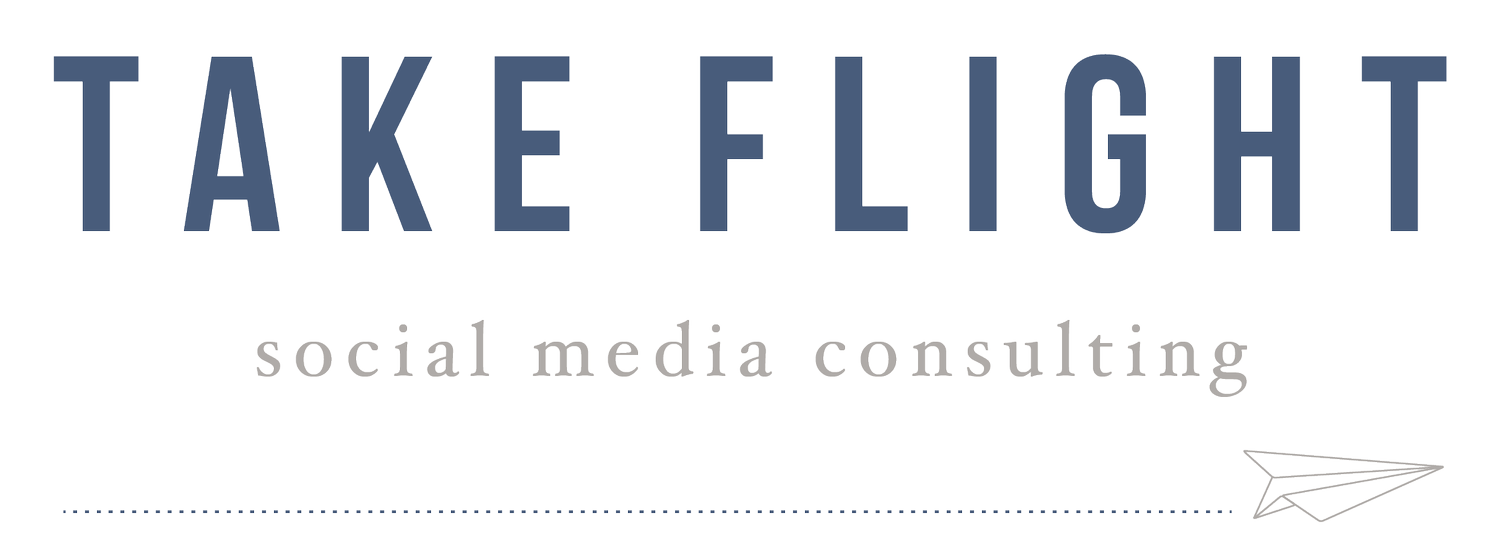Hello, small business owners—let’s talk about a love affair that’s blossomed over the years: your relationship with social media.
Now, before you roll your eyes and cringe… it might be time to examine this important connection.
Sure, it’s been a rollercoaster ride of likes, shares, and maybe the occasional algorithm heartbreak. But today, let’s celebrate the good side of this digital romance!
Here’s the truth: social media is that partner who shows up for you, 24/7. It’s the cupid of your business world, connecting you with clients, spreading the love of your brand, and helping you build a loyal community—all while wearing a hoodie and listening to your favorite Spotify playlist. Now that’s true commitment.
You’ve heard it before, but let’s say it again: social media isn’t just for influencers or major corporations. Nope. It’s your stage. Whether you’re running a cozy coffee shop, an Etsy shop, or a local fitness studio, social media is the matchmaker that helps potential clients fall head over heels for what you do.
Think of it this way: Every post you create is a love letter to your audience. And it’s not just about saying, “Hey, I exist!” It’s about showcasing what makes you and your small business special, whether it’s the quirky details of your brand, the personal touch you offer, or the way you make people feel seen and heard.
Of course, like any relationship, social media isn’t all sunshine and roses. There are moments of frustration—when the algorithm feels more foe than friend—or times when you find yourself in a back-and-forth of trial and error, trying to find what resonates with your audience. It’s a dance of compromise and adaptation, but those tough moments often lead to breakthroughs that strengthen the connection.
Social media can be overwhelming. But guess what? Like any great relationship, a little patience and consistency can go a long way. The more you nurture your online presence, the more your community will grow—and your heart will grow fonder.
This Valentine’s Day, let’s give social media a little shout-out. It's been loyal, supportive, and oh-so-passionate about helping your business thrive. Ready to take your relationship with social media to the next level? Take Flight is here with all the tips, tricks, and strategies to keep the love alive.
Let’s make this the best Valentine’s Day for your business!




